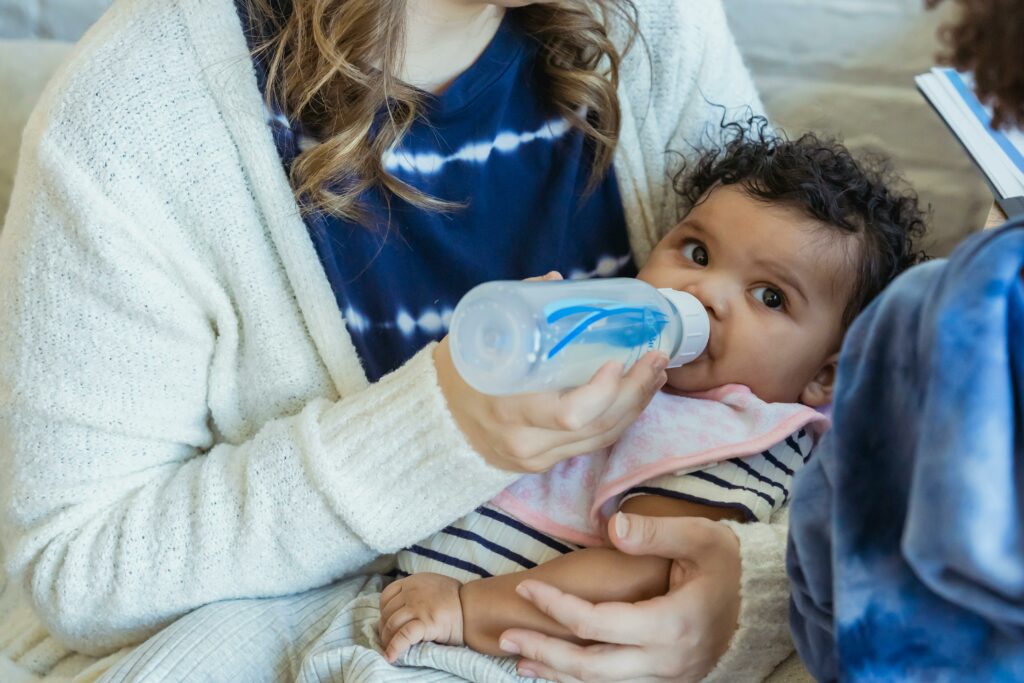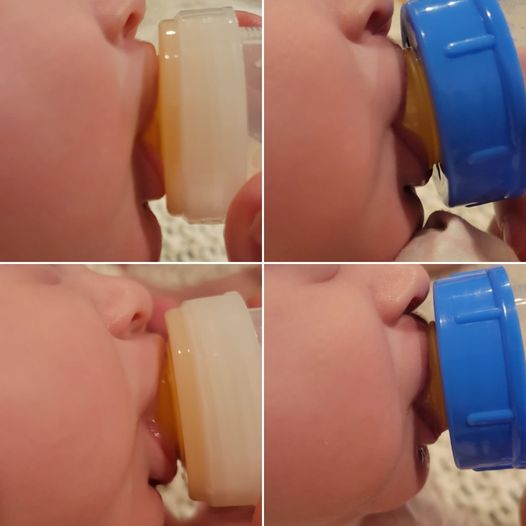 As a Certified Breastfeeding Counselor (CBC), you will serve families throughout many stages of lactation. Some stages might include supporting clients in finding breastfeeding friendly bottles.
As a Certified Breastfeeding Counselor (CBC), you will serve families throughout many stages of lactation. Some stages might include supporting clients in finding breastfeeding friendly bottles.
Babies are incredibly capable beings. Afterall, their entire new existence revolves around learning. This means many babies can switch between bottle and breast with no issues.
However, some lactation dyads have difficulties with latch, let down flow, supply, and more. When this is the case, choosing breastfeeding friendly bottles is important.
So, what do you need to know about breastfeeding friendly bottles?
Be Warry of Marketing
One of the biggest challenges new parents face these days is navigating marketing. While marketing is not new, the sheer number of options and ads they see can be overwhelming.
As the US has opted not to follow the World Health Organization’s Code for marketing breast milk substitutes, parents are bombarded with ads about formula and bottles. Bottles are nothing new, however, bottles claiming to improve breastfeeding or make combo feeding easier, started to surface in the early 2000s.
Since then, many companies advertise making breastfeeding friendly bottles. However, many qualified professionals such as IBCLCs and SLPs have found that these bottles are not usually breastfeeding friendly.
Traditional bottles and nipples, such as the classic ones you see at the hospital, tend to be narrower. For some reason, manufacturers decided that as the breast is wide, wide bottles and nipples must inherently be better at mimicking a natural latch.
However, what many lactation experts have noticed is that these wide top bottles do not allow baby to make a deep latch. When babies have a shallow latch at the breast, it decreases milk transfer and increases maternal pain.
Just because a bottle is marketed for breastfeeding does not make it a breastfeeding friendly bottle.
Every Breastfeeding Baby and Parent are Unique
Many lactation experts find classic bottles, which are narrow, to help support a more natural latch. These bottles allow baby to open wide and get a deep latch.
However, each of the classic bottles have nipple shapes which vary slightly brand to brand. For most babies, these subtle differences will not impact their latch on the bottle or at the breast. However, for a select few babies, the bottle brand can make a big difference.
For example, in this image, the left side shows a good latch with both bottom and top lips properly flared. The latch on the right is not terrible, but it is not as deep, wide, and the lips are not as properly placed.

For babies struggling with latching, the slightest difference in nipple shape and size can improve things or make them worse.
The Best Breastfeeding Friendly Bottles Are The Ones Which Work
As you saw in the image above, both bottles were similar. However, one worked just a bit better for the baby. Regardless of the brand, style, material, etc., the best breastfeeding friendly bottle is the one which works best for the baby. When it works well for the baby and does not negatively impact their latch at the breast, that’s the best bottle for that baby.
Things to look for when a breastfeeding baby is using a bottle:
- Their latch should look similar as when they are at the breast. Wide, deep latch with lips flared.
- Baby’s tongue should still come forward as if they are latched at the breast.
- Baby can maintain suction, there is not excessive milk dribbling out the corners of their mouth.
- It does not take more than 20 minutes for the baby to finish the bottle nor does baby finish the bottle in less than 10 minutes. Every feed is unique but think average time. If the bottle is finished too quickly, it indicates the flow is too fast. If the bottle takes too long, it indicates either too slow flow or baby is having difficulty maintaining suction.
- There should not be a clicking sound throughout the feed.
It can take some trial and error for each family to find the right bottle. However, it most cases, classic style bottles work best. If they continue to struggle with finding a bottle, a visit with an IBCLC or SLP who specialize in bottles can be helpful.